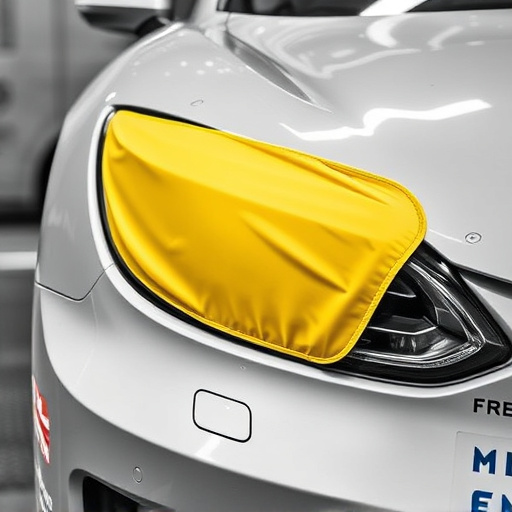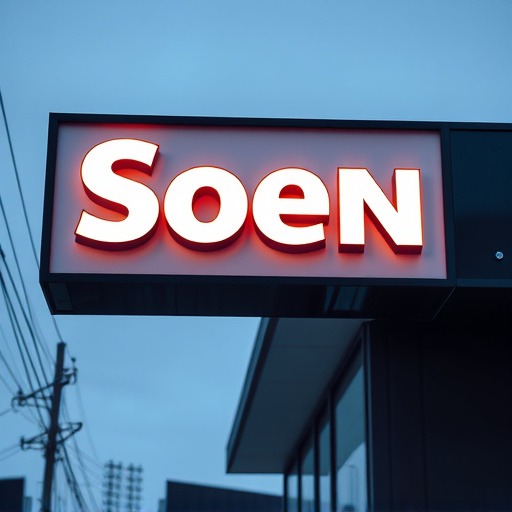Unveiling Automotive Detailing: Essential Tools for Flawless Results

Automotive detailing requires high-quality microfiber towels for scratch-free cleaning and protectio…….
Welcome to an in-depth exploration of a captivating industry—Automotive Detailing. This comprehensive article aims to guide you through the intricate world of vehicle refinement, where every curve, shine, and protective layer tells a story of meticulous craftsmanship. We will uncover the art and science behind detailing, its global impact, economic significance, technological leaps, regulatory landscape, challenges, and the bright future it holds. By the end of this journey, readers will grasp the profound influence automotive detailing has on vehicle aesthetics, value, and longevity.
Definition:
Automotive detailing refers to a series of specialized cleaning, refining, and protection processes applied to motor vehicles, both interior and exterior. It involves multiple techniques and products designed to restore, enhance, and preserve the vehicle’s original condition or elevate it to a higher aesthetic standard.
Core Components:
Historical Context:
The practice of automotive detailing has evolved significantly since the early days of the automobile industry. Initially, vehicles were cleaned with basic soap and water, but as cars became more complex and valuable, specialized products and techniques emerged. The 1950s and 1960s saw the introduction of car shows and custom car culture, fostering a deeper appreciation for vehicle aesthetics and detailing. Over time, technological advancements in cleaning agents, polishes, and machinery have refined the process, allowing detailers to achieve ever-higher levels of perfection.
Significance:
Automotive detailing serves multiple purposes:
International Influence:
Automotive detailing has transcended borders, captivating enthusiasts worldwide. The global market is characterized by a diverse range of preferences, techniques, and products, reflecting local cultures and climates. For instance, the United States is known for its emphasis on high-end car shows and custom detailing, while Japan’s attention to detail in vehicle manufacturing has inspired detailed restoration practices.
Regional Trends:
Market Dynamics:
The global automotive detailing market was valued at USD 18.7 billion in 2022 and is projected to grow at a CAGR of 5.6% from 2023 to 2030 (Source: Grand View Research). This growth is attributed to rising vehicle ownership, increasing disposable incomes, and a growing appreciation for vehicle aesthetics.
Market Size and Growth:
As mentioned, the global detailing market is substantial and growing. The primary revenue streams include:
Investment Patterns:
The detailing industry attracts significant investment due to:
Economic Impact:
Automotive detailing contributes to the economy in several ways:
Innovations in Detailing Products:
Machinery and Equipment:
Digital Integration:
Regulatory Frameworks:
Automotive detailing is subject to various regulations, ensuring consumer safety, environmental protection, and ethical practices:
Licensing and Permits:
In some regions, detailing businesses require specific licenses or permits for operation, especially when using specialized machinery or offering mobile services. These regulations ensure that only qualified and insured professionals operate in the industry.
Industry Associations:
Automotive detailing has several global associations advocating for industry standards, education, and networking:
Common Challenges:
Criticisms and Solutions:
Case Study 1: The Art of Detailing in Japan
Japan is renowned for its meticulous attention to detail, and the country’s detailing industry reflects this culture. In Tokyo, a leading detailing shop, “Shiny Car Studio,” offers a full spectrum of services, from hand polishing to ceramic coating. They have mastered the art of bringing out the unique character of each vehicle, from vintage classics to modern supercars. Their success lies in combining traditional techniques with advanced technology, ensuring every car leaves their shop as if newly created.
Case Study 2: Custom Detailing for Luxury Vehicles
In Dubai, a bustling hub for luxury car ownership, detailing has evolved into an art form. “Opulent Auto Spa” specializes in custom detailing for high-end vehicles. They offer unique services like interior embroidery, LED lighting installations, and wood trimming to create one-of-a-kind interiors. Their success demonstrates how automotive detailing can merge with luxury branding and personalization.
Case Study 3: Community Engagement through Detailing
In Los Angeles, “Community Car Care” takes a different approach, using detailing as a community engagement tool. They offer free or discounted services to low-income families, senior citizens, and local charities. This initiative not only provides much-needed vehicle care but also fosters a sense of community and social responsibility. Their work has earned them recognition as a model for combining automotive detailing with social impact.
Emerging Trends:
Growth Areas:
Strategic Considerations:
Automotive detailing is more than just cleaning a car; it is an art form that combines precision, skill, and passion. As vehicles evolve in design and technology, so too will the field of automotive detailing. The industry’s global reach, technological advancements, and growing emphasis on sustainability and personalization paint a promising picture for its future.
By understanding the intricacies of detailing, from historical roots to cutting-edge trends, businesses, enthusiasts, and consumers can appreciate and support this vital aspect of vehicle ownership. As we look ahead, automotive detailing is poised to play an increasingly significant role in shaping the aesthetics, value, and longevity of motor vehicles worldwide.
Q: How often should I get my car detailed?
A: The frequency depends on several factors, including driving conditions, climate, and personal preferences. As a general guideline, a full detailing every 3-6 months is ideal for maintaining optimal vehicle condition.
Q: Is it necessary to remove the car’s paint to detail it properly?
A: No, proper detailing involves cleaning and conditioning the existing paintwork. While some light polishing may be required, removing paint is not necessary and can potentially damage the finish.
Q: What are the environmental impacts of automotive detailing products?
A: Traditional detailing products can contain harsh chemicals that harm the environment if disposed of improperly. Eco-friendly alternatives, such as biodegradable cleaners and water-based waxes, minimize these impacts. Proper waste disposal and recycling practices are essential in the industry.
Q: Can I detail my car at home? Is it cost-effective?
A: Yes, many enthusiasts enjoy detailing their cars at home as a hobby. It can be cost-effective for basic cleaning and maintenance. However, advanced techniques like polishing and ceramic coating often require specialized equipment and expertise, making professional services more advantageous.
Q: How do I choose the right detailing products for my vehicle?
A: Consider your vehicle’s paint type, climate, and intended use. Read product reviews, consult with detailing professionals, and follow manufacturer recommendations. The right products will enhance your car’s appearance and protect its finish.

Automotive detailing requires high-quality microfiber towels for scratch-free cleaning and protectio…….

Regular cleaning and protection are key to automotive detailing for both performance and aesthetics……..

Paint correction in automotive detailing is an art that enhances car aesthetics and protection. Expe…….

Preparing your workspace is crucial for automotive detailing excellence. Clear and organize the area…….

Investing in high-quality automotive detailing tools and products, such as microfibers, advanced pol…….

Automotive detailing requires understanding vehicle-specific needs based on climate and finish type……..

Professional automotive detailing offers a comprehensive car care solution. It involves meticulous i…….

Automotive detailing goes beyond exterior washing and waxing. Interior fabrics, leathers, and vinyl…….

Paint correction, a key aspect of automotive detailing, restores and protects vehicle paintwork by r…….